In PART 1, I attempted to modify the body surface. This time, I plan to try replacing parts on the back of the body.
Even professionals in modification emphasize that improvements should not be rushed; tackle one change at a time. Moreover, sometimes replacing just one part, rather than swapping out everything, can produce noticeable results.
Now, let’s begin with the most common modification done to tremolo units.
Tremolo Springs
Around 15 years ago, RAW VINTAGE released replacement springs alongside saddles, which made a significant impact at the time. The reason? They offered noticeable tonal changes at a low cost and had a keen focus on detail.
The descriptions on the back of the spring and saddle packaging are quite persuasive, making them worth a read. They can help guide your decision on whether to replace your components.
Here’s my personal take on swapping the springs from Fender’s stock version to RAW VINTAGE springs. I had jotted down my impressions immediately after installing them, so I’ll share them as they are:
- The sparkling clarity of brand-new strings is restored.
- Produces a mellow tone.
- Offers a soft and resonant chord sound.
- The tone is gentle, so it might not suit aggressive styles of music.
- When connected to a 100W tube amp, the boosted low end is impressive and powerful.
Outstanding value for money, but it may not be necessary for guitarists who play intense riffs. It’s more suited for those seeking a clean and delicate tone.
The material of the springs is very soft, making them easy to replace. You can probably adjust the number of springs with your hands alone, but beginners should proceed carefully to avoid injury or damage to the guitar.
Since they are soft and have lower tension, the manufacturer recommends using 4 or 5 springs. For players who frequently use the tremolo arm, 4 springs seem to be a suitable setup.
While other manufacturers also offer tremolo springs, RAW VINTAGE is the most popular for achieving that authentic vintage sound.
Fender Original Springs
FENDER / American Vintage Tremolo Tension Springs (Package of 5)
The most popular option
RAW VINTAGE (RVTS-1) Tremolo Springs
Personally, I think these are best suited for single-coil pickups.
ESP / TREMOLO TONE SPRINGS Type-1
Similarly, I personally think these are better suited for humbuckers.
ESP / TREMOLO TONE SPRINGS Type-2
GOTOH Standard Type
There are products from other manufacturers as well. Be sure to check out the Soundhouse website!
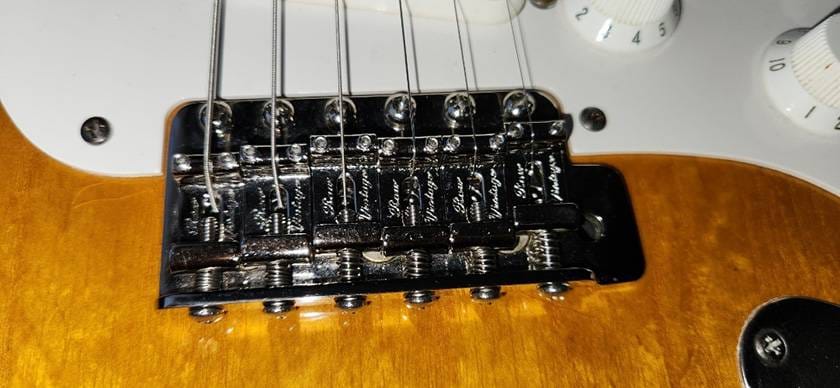
From the top view of the body, you can see that RAW VINTAGE saddles have been installed. Apart from the three screws securing the tremolo block, everything else is non-original.
Tremolo Block
The tremolo block was the first part I ever upgraded. Back in the 1990s, it was frequently featured in magazines. While it was expensive—comparable to the cost of a domestic distortion pedal—it seemed worth taking the plunge.
Although it’s a tedious modification that requires removing the saddles, the sound noticeably changed. The difference was subtle, but the tonal image of strummed chords became more refined and elegant.
In a video comparison between Fender’s original block and a Callaham block, Fender’s tone came across as bright and lively, while the Callaham block had beautiful overtones and a clear, resonant sustain.
Similar to tremolo springs, this may not be ideal for LOUD music. However, the beauty of the overtones after hitting harmonics at the 5th, 7th, and 12th frets on an amp with 50W or more of power is remarkable. Since it also changes the resonance of chords, it’s worth experimenting with.
The primary material for tremolo blocks is steel, although titanium is also used. In the U.S., titanium blocks are available for purchase online, but I haven’t seen them domestically. While they would likely be expensive, I hope they become available in Japan.
For reference, FU-TONE offers titanium tremolo blocks for Floyd Rose systems, which are sold through Soundhouse.
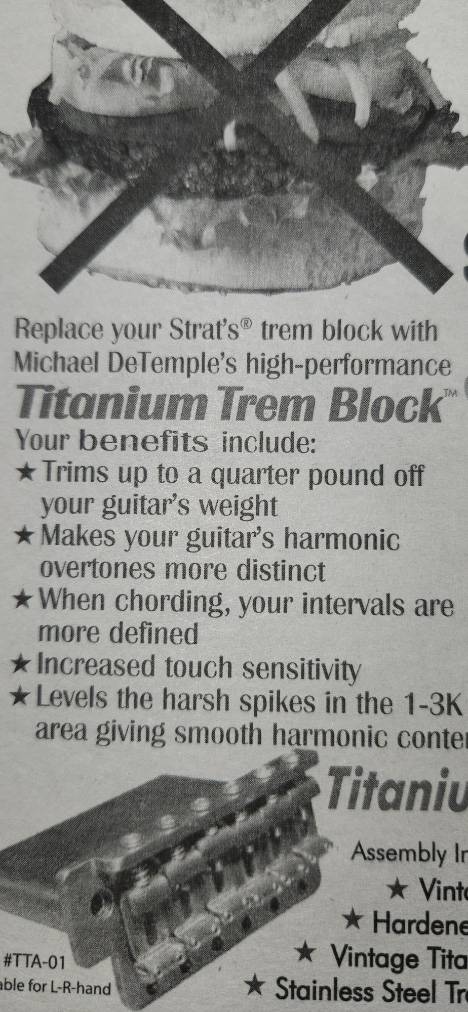
A U.S. magazine advertisement featured titanium replacement tremolo blocks. They seem to have a unique appeal distinct from steel.
As mentioned in PART 1, the tremolo block is often remembered as the final piece to be perfected in the development of the Stratocaster. The first version of the Stratocaster was reportedly plagued by a complete lack of sustain, prompting Leo Fender to discard all existing tremolo units at the time. (Source: U.S. magazine "The Fender Stratocaster") Detailed records of these early prototypes have not reached Japan, and no photos of the first-version Stratocaster’s tremolo unit exist.
However, there are confirmed photos of a prototype fitted with only three tremolo springs. (Source: Richard Smith, "Fender")
The concept of the tremolo block might be considered one of the most challenging projects of Leo’s lifetime. Even after 70 years, it remains an enduring achievement in the guitar world.
The fact that the tremolo unit was completed so quickly after the initial version is not only a testament to Leo Fender’s genius but also to the collective wisdom of the development team.
Reflecting on this history, I find myself wanting to install the best possible components.
Fender Original
FENDER / Pure Vintage Stratocaster Tremolo Block
Callaham Tremolo Block
CALLAHAM / Vintage Repro Enhanced Tremolo Blocks
Tremolo Hanger
You might think, “Even this part?” But surprisingly, some overseas manufacturers offer incredibly expensive tremolo hangers. From what I know, they are typically made of titanium or brass, and I chose the former.
Initially, I thought the installation would be straightforward, but I was met with a significant challenge.
Since I only owned a low-power soldering iron, I asked a music store employee for help. While she was skilled with a soldering iron, the solder wouldn’t adhere to the titanium. Eventually, she even cut the ground wire shorter in an attempt to proceed, but in the end, the solder still wouldn’t stick.
Finally, I visited my regular repair shop. After much deliberation, the shop owner successfully completed the job using an unconventional method.
When attaching the ground wire to this product, make sure to secure it to the central hook area to avoid the kind of trouble I faced! There are no specific warnings on the manufacturer’s packaging, but perhaps this is common knowledge for guitarists who use these parts.
The effects of the titanium tremolo hanger will be detailed after the discussion on tremolo hanger screws.
Titanium Tremolo Hanger
Brass Tremolo Hanger
Tremolo Hanger Screws
You might think, "Two screws for this price?" It’s true—you could probably buy a pair of brass screws for just a few hundred yen at a hardware store. However, when you consider factors like the precise thickness, length, and threading required to match the tremolo unit’s specifications, as well as their performance, they seem worth it.
FU-Tone / Claw Springs Brass Screws (2)
Together with the tremolo hanger, these screws represent the final point where the guitar's string vibrations transfer directly to the body. It’s impossible to deny their influence on the sound.
Modification Results
Significant improvement in sustain: The sound extension is distinct from what you achieve with effects—natural and organic.
While the cost was high, this was one of the parts that undoubtedly made a noticeable difference in tone after being replaced.
The price and the resulting tonal effects are best suited for advanced players.
Brass adds warmth to the tone, though its sustain is slightly less pronounced than titanium.
When choosing between brass and titanium, trust your intuition—it often leads to the right decision for your desired sound.
Over the course of PART 1 and PART 2, I explored various parts upgrades for a synchronized tremolo unit. As guitarists have widely varied tonal preferences, some may find that replacing just one or a few parts is sufficient.
However, it’s worth understanding the current landscape: manufacturers are developing and releasing these parts, often disregarding costs, because they believe the effects are meaningful.
For my main guitar, I spent over 10 years carefully and methodically modifying the tremolo unit. While it required both time and money, it was an immensely enjoyable experience that brought me great satisfaction. I never imagined that changing parts of a synchronized tremolo unit would so significantly alter the tone.
The discovery felt comparable to replacing the tubes in a boutique amp with vintage ones. Some parts delivered a tone shift as pronounced as using an effects pedal.
On my main Stratocaster, nearly everything has been replaced: the neck, body wood, 25 screws, jack plate, wiring, and even some solder joints—everything except a few essentials.
If I get another chance, I’d love to share more about modifications like these.
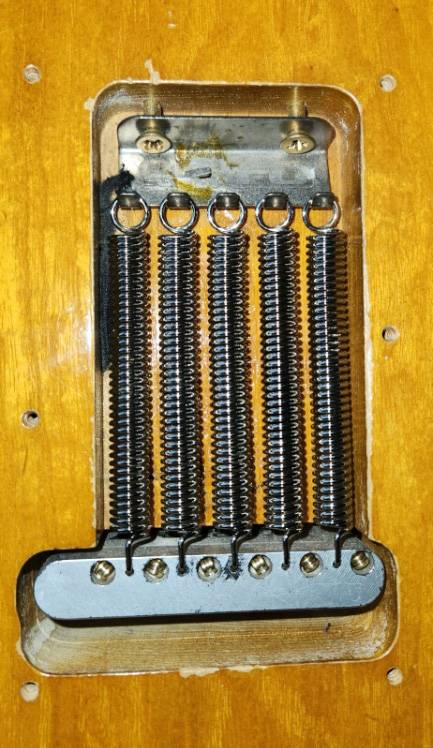
Tremolo Unit as Seen from the Back of the Body. The tremolo unit with five springs is currently under consideration for mixing springs from different manufacturers. For setups that involve regular use of the tremolo arm, I plan to switch to a four-spring configuration.
The “sound & person” column is made up of contributions from you.
For details about contributing, click here.





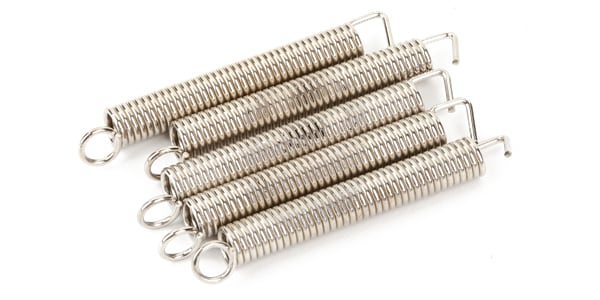
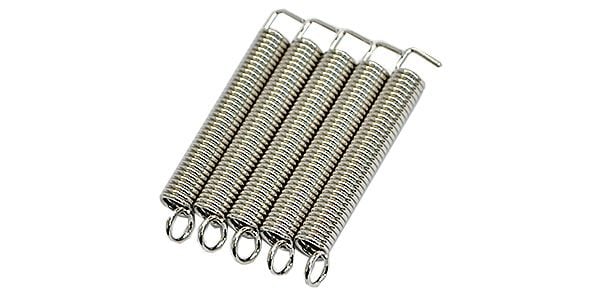
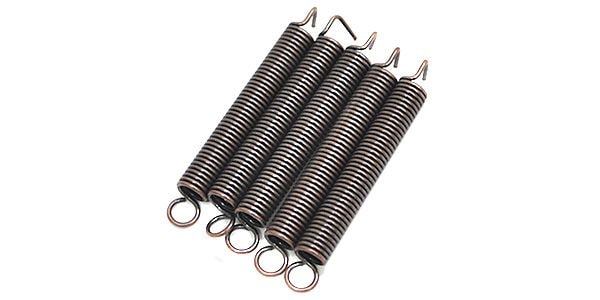
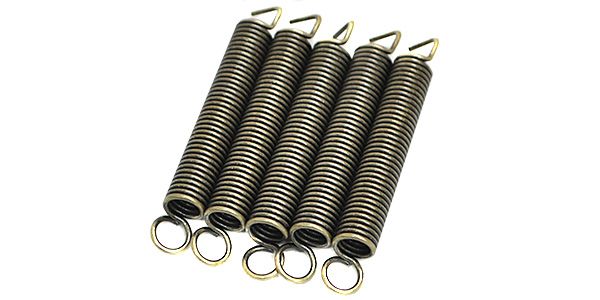
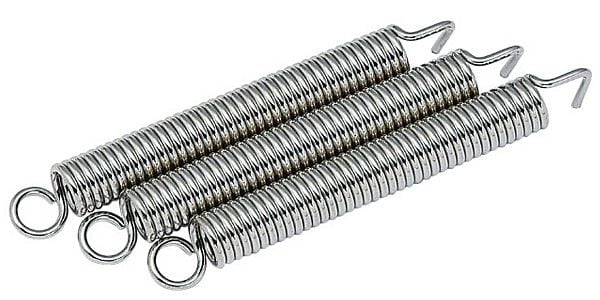
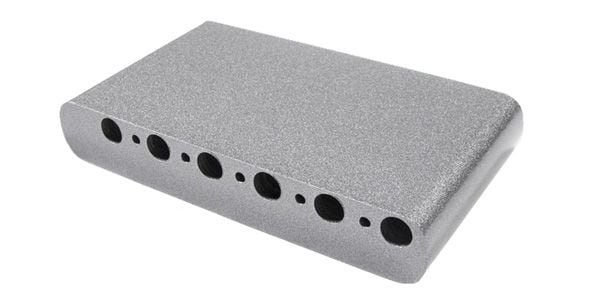
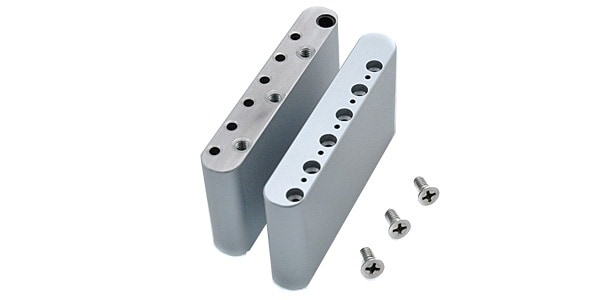
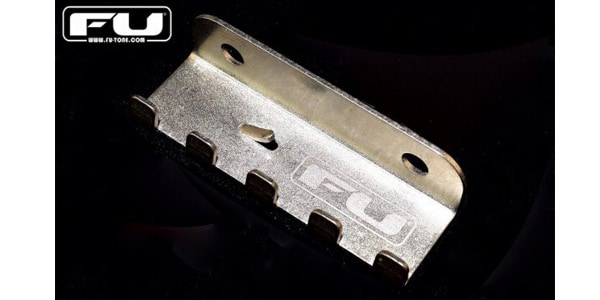
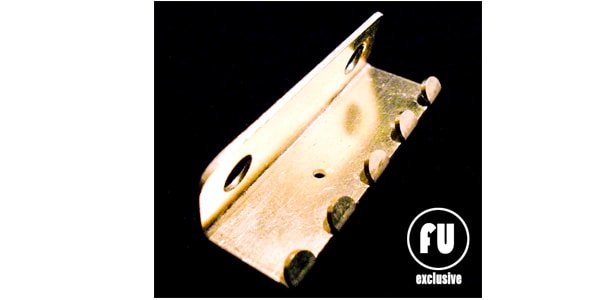
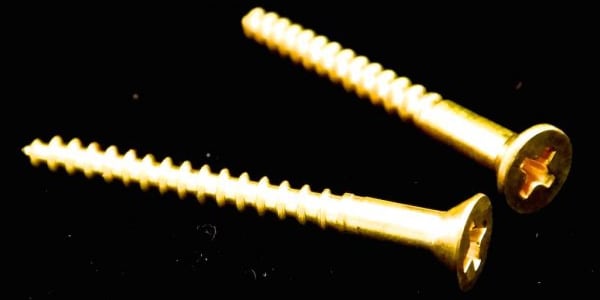










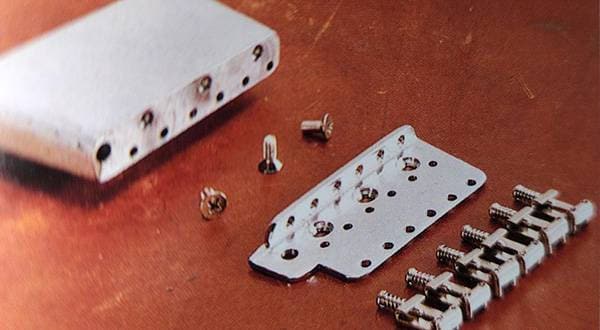
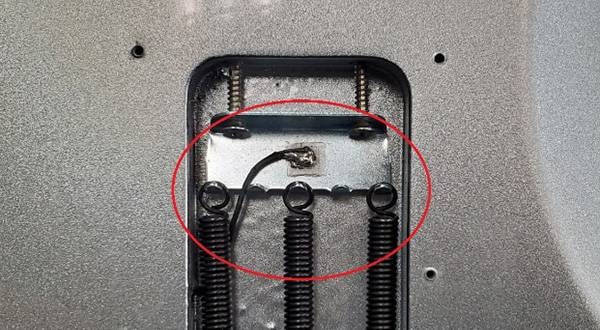
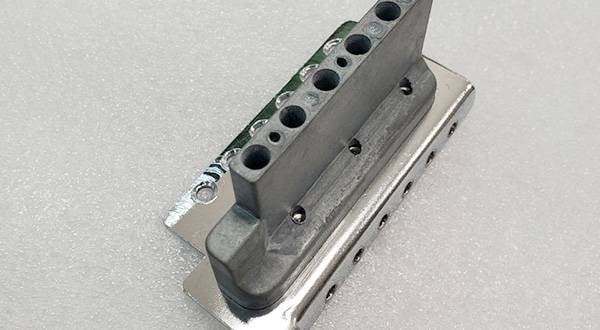
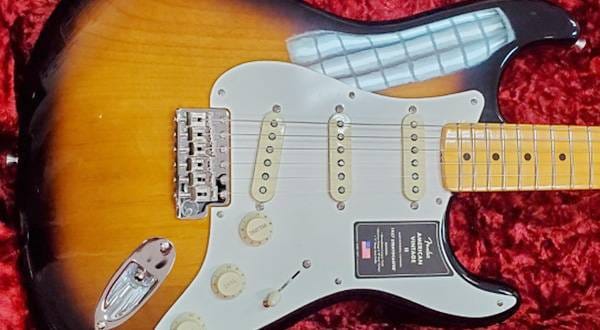
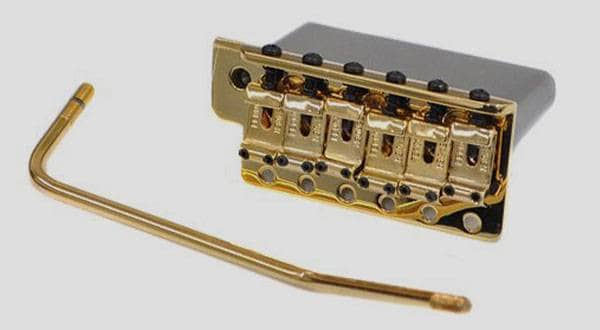
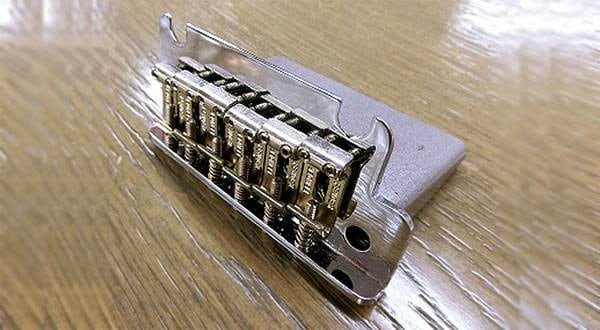
 ギターパーツの沼
ギターパーツの沼
 FENDERフェンダーギターのおすすめと選び方
FENDERフェンダーギターのおすすめと選び方
 プレイテックのギターを最強に改造!!
プレイテックのギターを最強に改造!!
 配線カスタマイズ 第1回
配線カスタマイズ 第1回
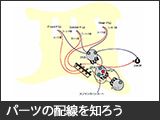 パーツの配線を知ろう
パーツの配線を知ろう
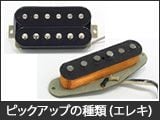 ピックアップの種類(エレキギター)
ピックアップの種類(エレキギター)















